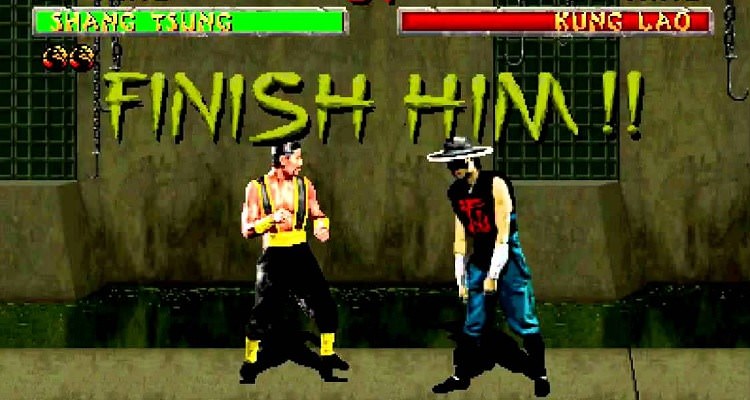1.) What exactly does "Best Possible Speed" mean from ATC's directive.
I've usually heard it "Best Forward Speed" and that's what it means - Keep going as fast as you can for as long as you can. That means within both the limits of the aircraft, and yourself as a pilot. If it's going to be close, they may query you as to how fast you can go, and for how long, so it's worth practicing this maneuver so you know how to answer that question.
If it's not going to work out, chances are they'll switch you to a different runway or have you go around and land behind the faster traffic. Oh no, you might get to fly some more!

BTW, funniest version of "Best Forward Speed" I've gotten was when I was flying the ILS in an Archer with a 30-knot headwind. "41E, pedal as fast as you can, contact tower!"

2.) Was I supposed to report the speed I was comfortable with and then fly that speed?
Not unless they specifically asked you to.
3.) Is there a distance from the airport where this directive no longer matters (eg. 2 miles)?
Not really. They're trying to get you in before someone who's a lot faster than you, so the faster you can go, and the longer you can go before you slow down, the more likely you'll get in first.
4.) Is there also a "Best Forward Speed"? If so how is it different?
That's how I usually hear them say it, but someone else said it isn't in the 7110.65 so they may be just making it up on the fly.
5.) For something slower like us GA planes, what is a good distance to start slowing down and still meet their needs?
As close in as you can safely manage.
I ran into this exact same situation early in my flying career, also in a 182 (though at a class C airport). After the first time, I started practicing to see what the plane and I were capable of. I found that I could follow the ILS glideslope or the VASI (so 3-degree-ish approach) at cruise power and 135-140 knots down to 300 feet AGL (so a bit under a mile out) and then pull the power to idle, hit full flaps at the white arc, and arrive over the numbers right on speed and touch down normally. But, this does take some practice - So go to that delta and practice it until you've got it down! It's one of the more handy things to have in your bag of tricks.
6.) Lets say you are unable (read: uncomfortable with this) should you just say 'Unable" or say something like "Unable, prefer a base leg to final"?
Absolutely. Or, at least tell them what you're comfortable with so that they can decide whether to vector you back around or keep you going in front of the fast mover.



